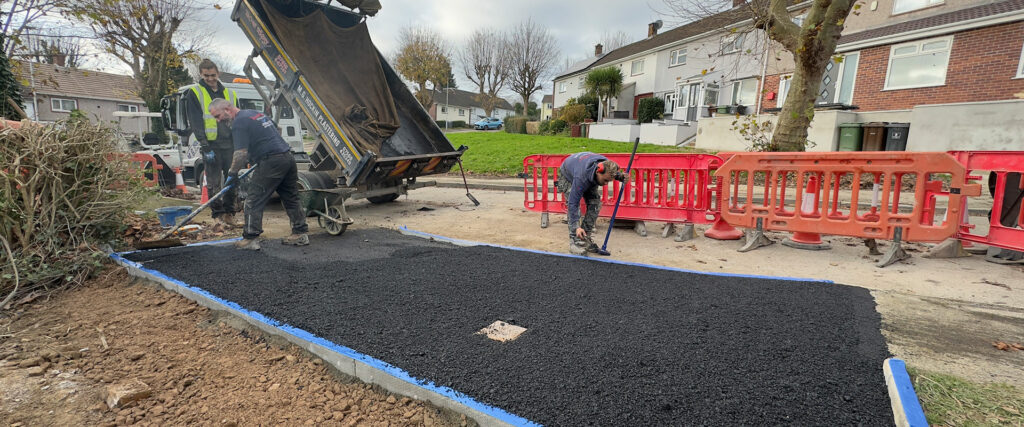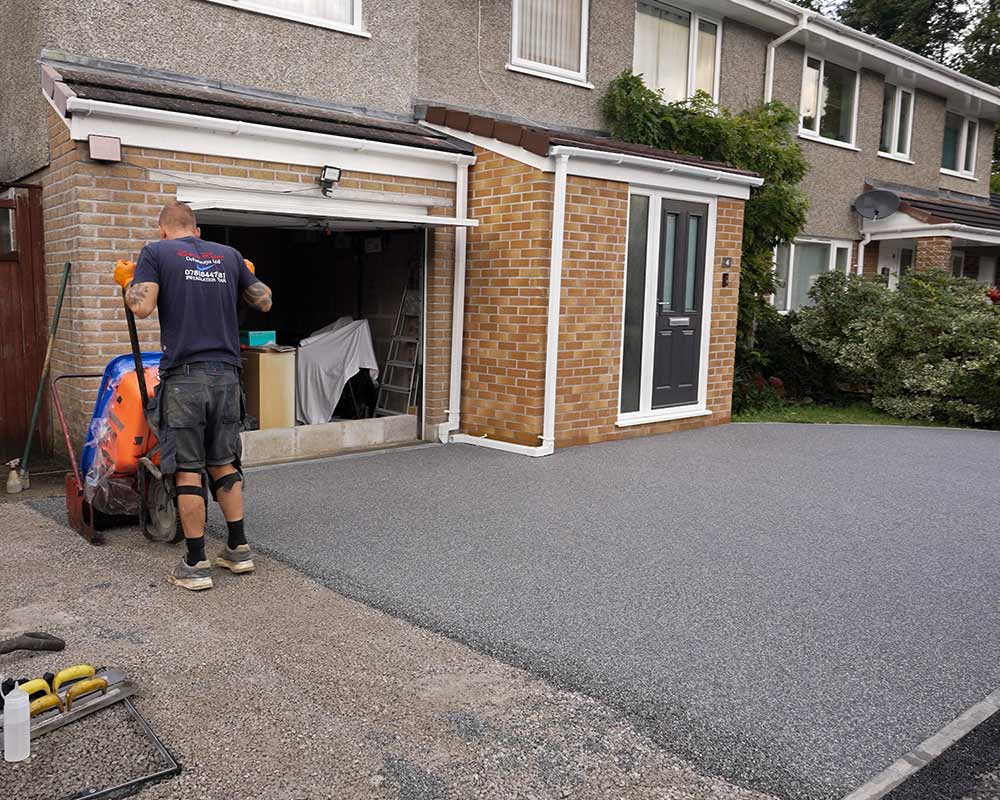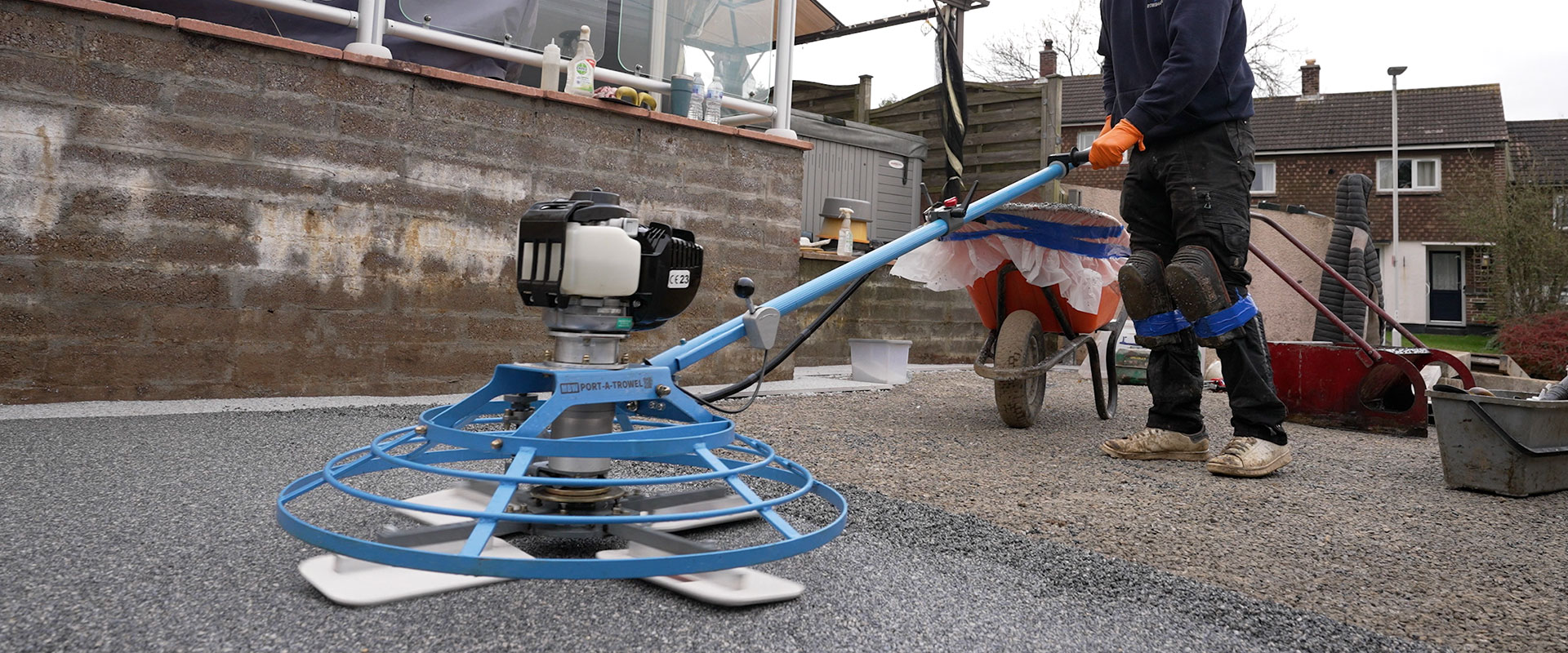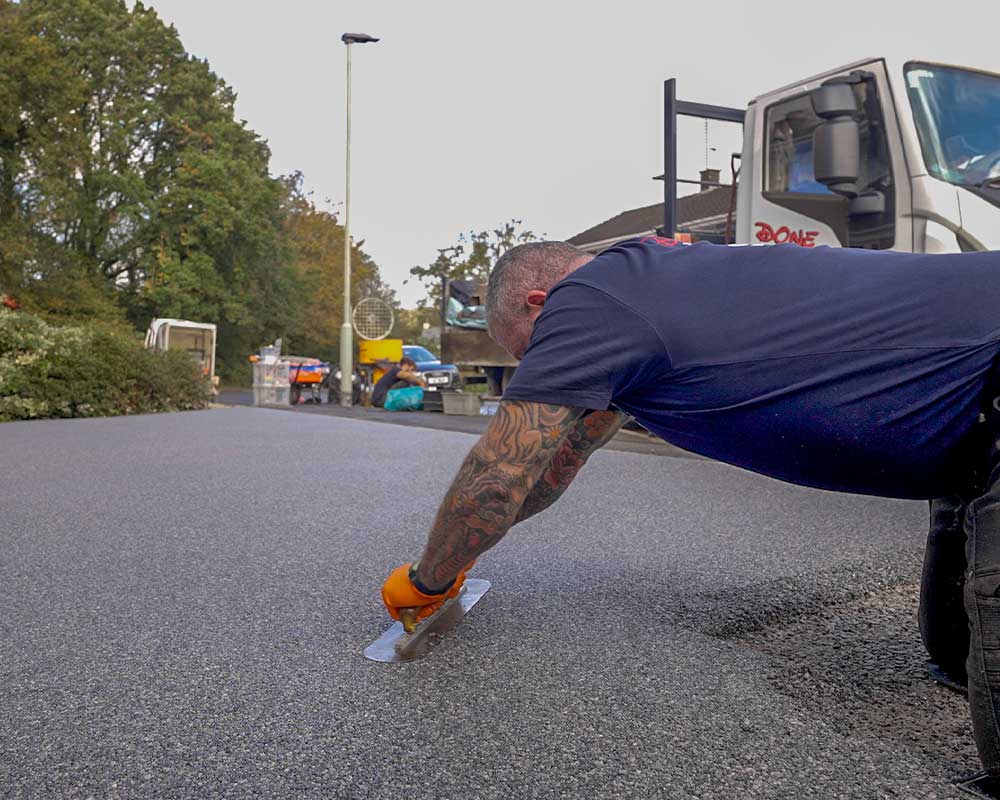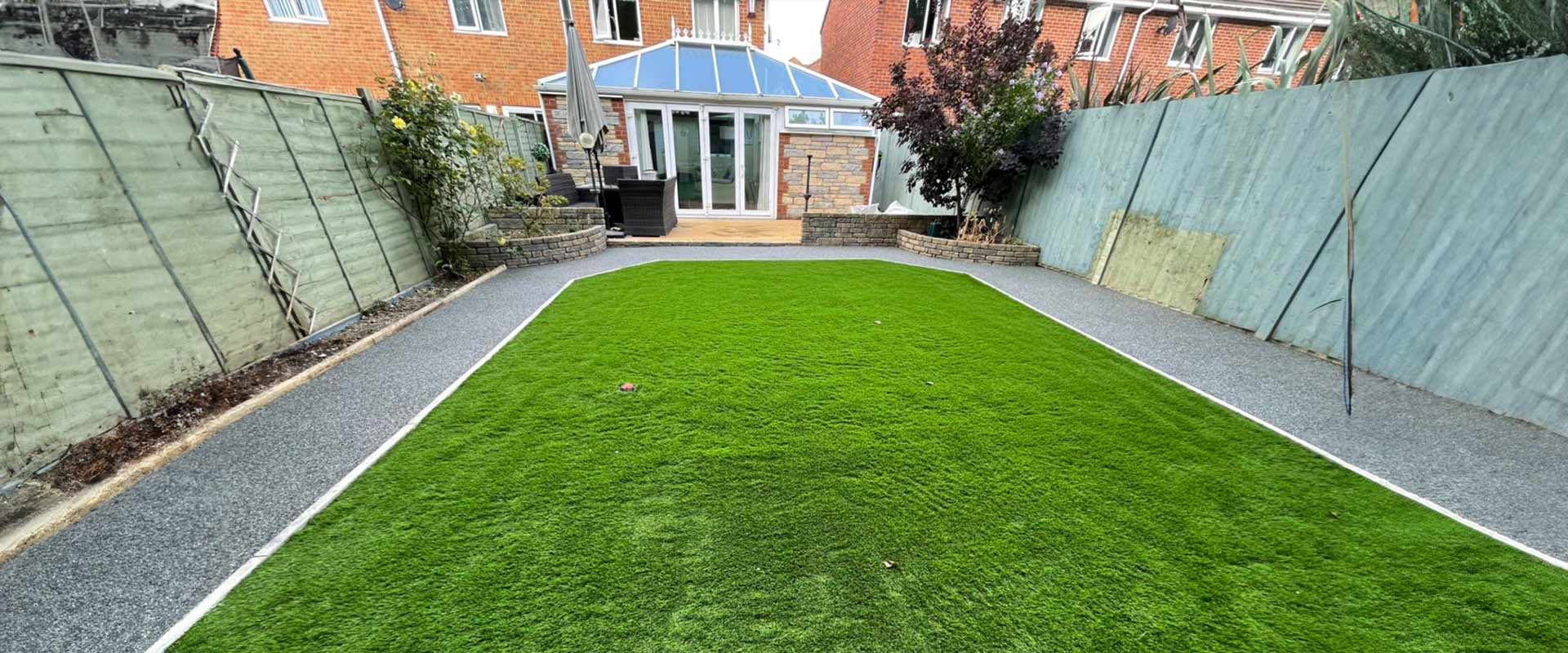When planning to enhance your home’s curb appeal with a new tarmac driveway, one of the first questions that may arise is whether you need planning permission for a tarmac driveway. While the installation of tarmac driveways is straightforward, it’s essential to understand the legal requirements to ensure compliance and avoid unnecessary delays. In this guide, we will walk you through the key factors that determine whether you’ll need planning permission for a tarmac driveway in the UK, and how to navigate the process.
What is Planning Permission for a Tarmac Driveway?
Planning permission is the official approval required from your local authority before making significant changes to your property, such as building extensions or altering land usage. In the case of a tarmac driveway, planning permission may be necessary depending on several factors, including the size of the driveway and drainage considerations.
While planning permission may seem like a bureaucratic step, it serves an important role in ensuring that developments comply with local building codes, environmental policies, and maintain the overall aesthetic of the neighbourhood.
Factors That Affect Planning Permission for a Tarmac Driveway
Not all tarmac driveway installations require planning permission. However, understanding the factors that influence whether approval is needed can help you determine the next steps for your project. Here are the key elements to consider:
1. Permeability of the Driveway
One of the most important factors determining whether you need planning permission for a tarmac driveway is its permeability. In the UK, regulations require planning permission for driveways made from non-permeable materials if they exceed a certain size. Non-permeable surfaces, like traditional tarmac, prevent water from draining into the ground, increasing the risk of flooding.
To comply with regulations, many homeowners opt for permeable alternatives or install adequate drainage systems. Permeable tarmac allows water to filter through the surface, reducing runoff and environmental impact. If your tarmac driveway does not allow water to drain naturally, you may need to apply for planning permission, especially in areas prone to flooding.
2. Size of the Driveway
The size of your tarmac driveway is another crucial factor. If your driveway covers less than five square metres, you typically do not need planning permission, even if the surface is non-permeable. We still advise you to do your own checks here! This is considered “permitted development” under UK planning laws. However, if your tarmac driveway will cover more than five square metres and is non-permeable, you will need to apply for permission unless you include a drainage solution.
If you’re unsure whether your driveway size falls under the threshold for permitted development, it’s advisable to check with your local authority or consult a professional to avoid any complications.
3. Location of the Property
The location of your property can also influence the need for planning permission. If you live in a conservation area, near a listed building, or within a designated zone with specific guidelines, you are more likely to require planning permission for a tarmac driveway. These areas often have stricter rules to preserve the character of the neighbourhood, and changes to the exterior of properties are closely monitored.
It’s essential to review your local authority’s planning regulations or consult with a planning advisor to determine whether your property falls under any special planning constraints.
4. Visual Impact and Aesthetics
In addition to drainage and size considerations, the visual impact of your tarmac driveway is another element that may require planning permission. Local councils often regulate the appearance of driveways to ensure they align with the overall aesthetic of the area. If your driveway design deviates significantly from the traditional look of the neighbourhood, you may need to seek approval to ensure it doesn’t disrupt the visual harmony of the street.
How to Apply for Planning Permission for a Tarmac Driveway
If your project requires planning permission for a tarmac driveway, it’s important to understand the steps involved in the application process to ensure a smooth experience. Here’s a step-by-step guide:
1. Research Local Guidelines
Start by familiarising yourself with your local planning authority’s guidelines. Each area may have slightly different rules regarding tarmac driveways, so it’s essential to check whether your project meets their specific criteria.
2. Prepare Detailed Plans
When applying for planning permission, you’ll need to submit detailed plans of your proposed driveway. These should include the dimensions, materials to be used, and any drainage solutions if your driveway will be non-permeable. Accurate and thorough plans will increase your chances of approval.
3. Submit Your Application
Once your plans are ready, submit them to your local authority along with the planning permission application form. Be sure to include all necessary documentation to avoid delays in processing. Many local authorities allow you to submit applications online for convenience.
4. Await the Decision
The approval process for planning permission can take several weeks, depending on your local authority. During this time, the council may consult with neighbours or request further information or modifications. Be prepared to communicate and address any feedback promptly.
Below is an external link to guidance on Plymouth planning
Dropped Kerbs and Tarmac Driveways: What You Need to Know
When installing a tarmac driveway, you may need a dropped kerb to provide vehicle access from the road. A dropped kerb is a lowered section of the pavement that enables smooth entry onto your driveway. Installing one is not just a convenience, but often a legal requirement if you’re creating off-road parking.
Do You Need Permission for a Dropped Kerb?
Yes, installing a dropped kerb usually requires permission from your local council. This is particularly important if you live on a classified road (A, B, or C), as planning permission may be required. It’s vital to check with your local authority before starting any work.
The Importance of Professional Installation
Dropped kerbs must be installed by professionals who are qualified and insured to work on public highways. Done Right Driveways, for example, holds the necessary qualifications and public liability insurance to ensure your dropped kerb installation complies with legal standards. Additionally, ensuring proper drainage is critical, as water from non-permeable driveways must not flow onto public roads.
Alternatives to Tarmac Driveways
While tarmac driveways are a popular choice due to their durability and affordability, it’s worth considering alternative surfacing options, some of which may not require planning permission. Here are a few alternatives:
Resin-Bound Driveways
Resin-bound driveways offer a highly decorative and permeable solution, ideal for those looking for a more eco-friendly option. Their permeability often means planning permission is not required, as they comply with drainage regulations.
Block Paving
Block paving provides a customisable aesthetic with a variety of colours and patterns. It is also permeable when installed with gaps between the blocks, allowing water to drain naturally. Block paving may require planning permission depending on the area’s guidelines, but it’s a visually appealing option for many properties.
Gravel Driveways
Gravel driveways are another popular choice that usually doesn’t require planning permission. They provide excellent drainage and are a cost-effective option for homeowners looking for a rustic appearance.
Conclusion: Understanding Planning Permission for a Tarmac Driveway
In summary, whether or not you need planning permission for a tarmac driveway depends on several factors, including the size, permeability, location, and visual impact of the driveway. By understanding these regulations and following the proper application process, you can ensure your project complies with local guidelines and avoid any legal complications.
Need Help with Your Tarmac Driveway Project? Contact Us Today
If you’re unsure whether you need planning permission for a tarmac driveway or want advice on the best surfacing options for your home, our team at Done Right Driveways is here to help. We offer professional installation services and expert guidance to ensure your project runs smoothly and complies with all regulations. Contact us today for a free consultation
 01752952163
01752952163
